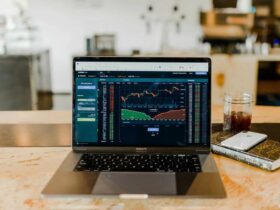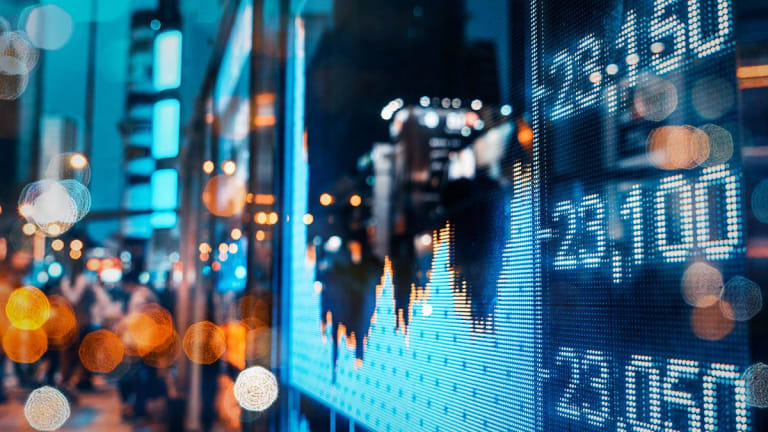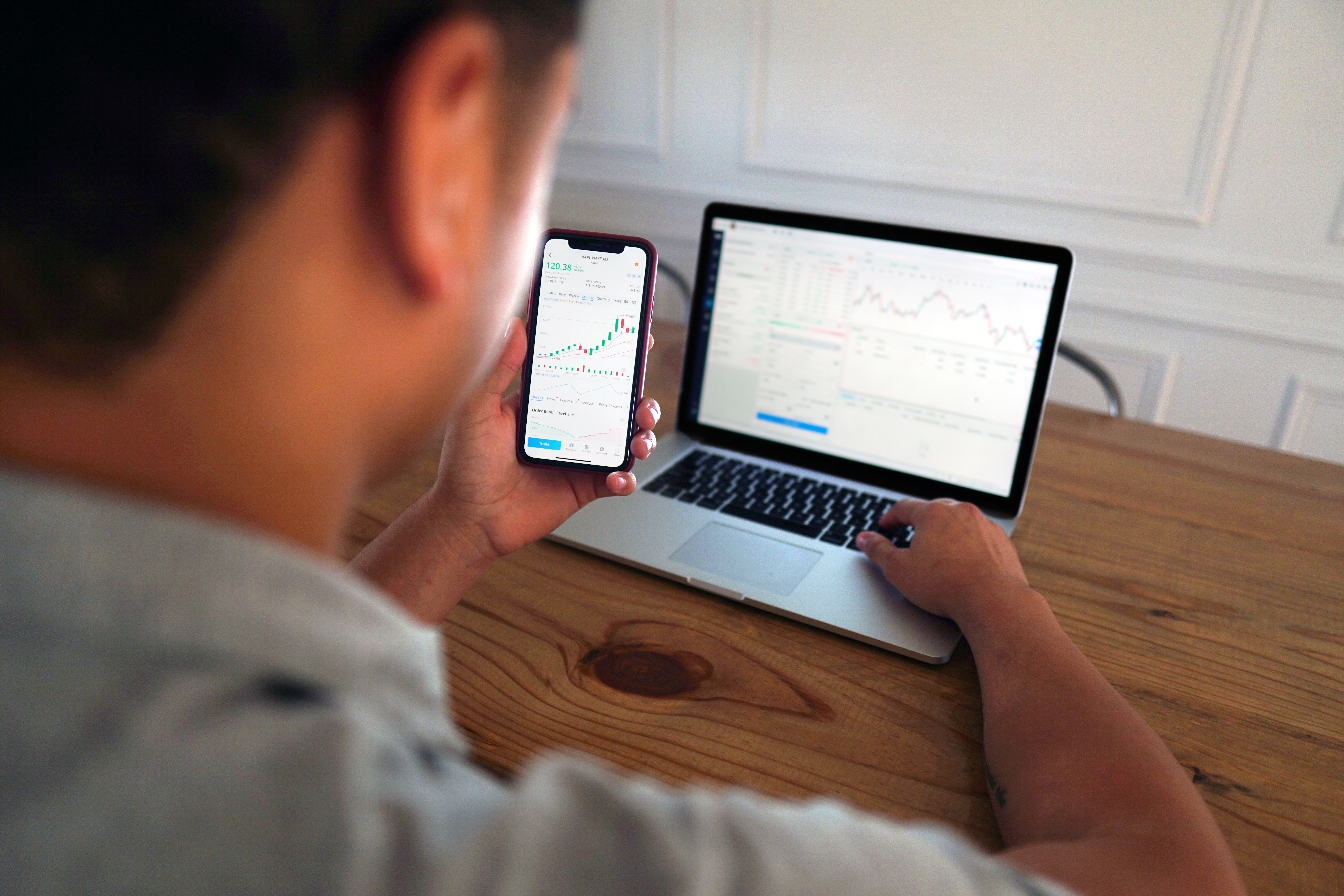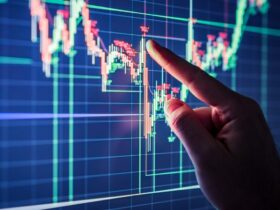Trading foreign exchange markets can often feel like picking a winner at the Masters: you try to execute on a general opinion only to be met with a whole mess of choices.
Transactions are technically verified by network nodes via cryptography and are stored in a public globally replicated ledger known as a block chain. Whenever you make a transaction, you are essentially sending information back to the network.
There are many different types of futures contracts that allow for the purchase and sale of various assets, including stocks, indices, commodities, bonds, currencies, and interest rates. In order to participate in futures trading, you must first buy an "asset" (also called a "basket" or "security") on or before the expected future date. The buying process begins once you have decided on the asset you wish to purchase..
In today's fast-paced financial markets, it is important for investors to think both long and short-term. Investors can invest in a variety of ways, but one of the most popular ways is through finance. Finance is simply investing in a company, product, or market. There are many types of businesses, including stocks, bonds, mutual funds, etc. Investing in finance can also include investing in the stock market, where things like stock options, futures contracts, etc.
Futures trading deals with contracts to purchase or sell a particular commodity at a certain date in the future. In finance, a futures contract is an internationally standardized legal agreement to purchase or sell something in a specified period of time at a definite price, between two parties not acquainted with each other. The item traded in the futures market is normally a security or commodity.
In stock trading, the futures market is one of the biggest financial markets in the world today. It accounts for over $60 billion in assets traded daily. For the most part, this market is self-explanatory. What you need to know is what the Futures contract is and how it works. This article will take a look at these basics.
Most people like talking about a good outlier story: Can you believe bitcoin is up over 1,000% since the start of 2019? Did you see WTI crude oil futures went negative last year? How crazy was that rally in GameStop from below $20 to above $400 in a matter of weeks?
Futures trading is one of the hottest markets to be involved in. In finance, a futures contract, also known as a futures contract, is an international standardized legal agreement to purchase or sell a specific item at a certain date in the future, between willing parties not necessarily familiar with each other. The item traded is usually a particular financial commodity or instrument. Futures contracts are open for market trading 24 hours a day. This is why futures trading is a popular avenue to enter the financial markets and make money.
Candlestick patterns are among the most frequently used technical tools by active futures traders. No matter the strategy―whether it is trend, rotational, or reversal―chart patterns can be valuable for position management or market timing devices. Let’s take a look at the top three tips for trading Japanese candlestick chart patterns. Tip No. 1: Be Aware… <a href="https://www.danielstrading.com/2021/04/01/top-tips-for-trading-candlestick-patterns" rel="nofollow">Read more</a>.
With so many tools available, why are so many investors turning to futures day trading? If you're new to futures trading or just don't understand it, this article will answer that question as well as give you an idea of what futures day trading is all about. The futures market, which is a futures day trading for short, is a marketplace where contracts to buy a specific quantity of a particular commodity are sold or traded. This market is utilized by financial institutions, manufacturers, businesses, and consumers to fulfill their needs for the commodities in real time.









